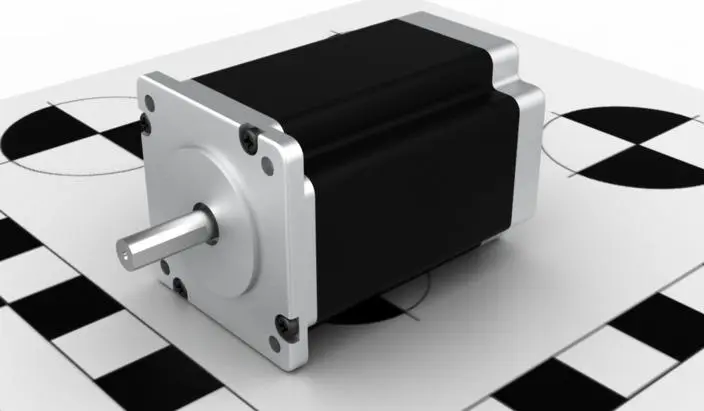The resistance value of astepper motor has a significant impact on its performance, including current, heat generation, torque, and speed. Therefore, selecting the appropriate resistance value is crucial. Here are some principles to consider when selecting resistors for stepper motors:
1. Determine the Appropriate Resistance Value Based on Motor Voltage and Current
The resistance value of a stepper motor can be calculated using the following formula:
R = U / I
Where:
R: Resistance value (unit: ohm)
U: Motor voltage (unit: volt)
I: Motor current (unit: ampere)
When selecting the resistance value, ensure that the motor current does not exceed its rated current. Otherwise, the motor may overheat and damage.

2. Determine the Appropriate Resistance Value Based on Motor Torque and Speed Requirements
The relationship between motor torque and speed with the resistance value is as follows:
Torque is directly proportional to current and inversely proportional to resistance.
Speed is directly proportional to voltage and inversely proportional to resistance.
Therefore, for applications requiring higher torque, choose a smaller resistance value. For applications requiring higher speed, choose a larger resistance value.
3. Consider the Motor's Heat Resistance
A lower resistance value leads to higher motor current and increased heat generation. Therefore, consider the motor's heat resistance when selecting the resistance value to prevent overheating and damage.
Specific Selection Recommendations:
For low-speed, high-torque applications, choose a stepper motor with a higher resistance value.
For high-speed, low-torque applications, choose a stepper motor with a lower resistance value.
For applications requiring frequent starting and stopping, choose a stepper motor with a lower resistance value.
For high-temperature environments, choose a stepper motor with better heat resistance.
In practical applications, consider the specific application requirements and select the appropriate stepper motor resistance value based on the factors mentioned above.
Discussions
Become a Hackaday.io Member
Create an account to leave a comment. Already have an account? Log In.